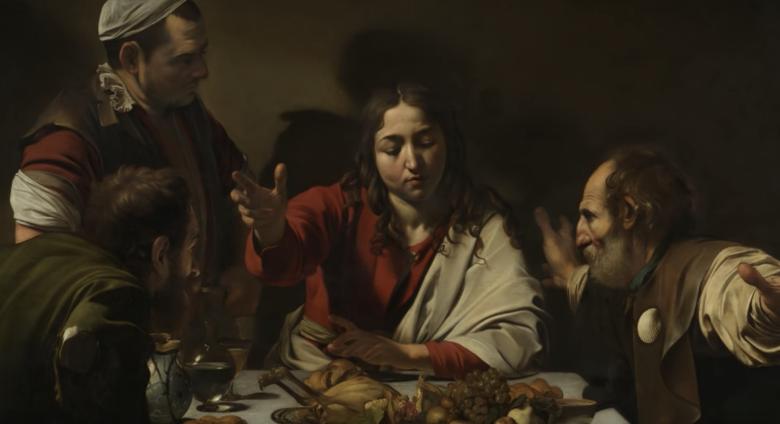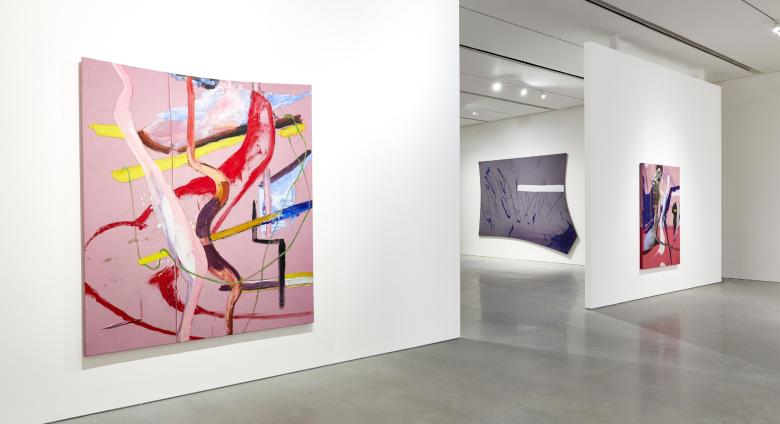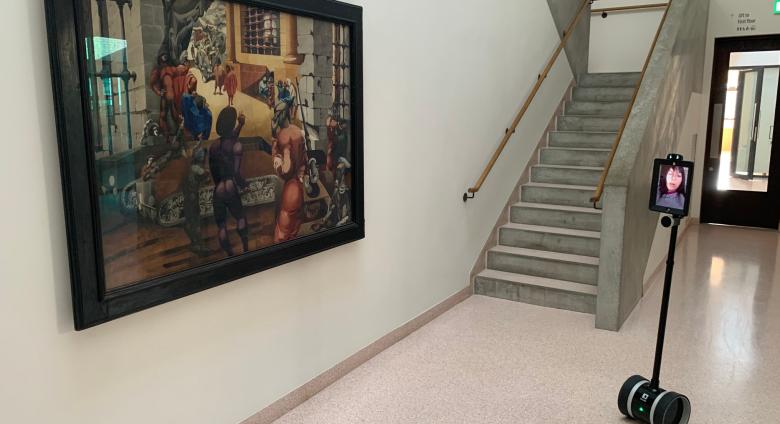ArtLab was formed to create bespoke technological solutions for the most pressing issues in the art world, including greater accessibility and sustainability.
April 2020 Art News
A look at paintings that depict interiors and people at home, presented by Francesca Whitlum-Cooper, the Myojin-Nadar Associate Curator of Paintings, 1600–1800, at the National Gallery, London.
The Metropolitan Museum of Art has announced a lineup of newly developed content to complement its existing selection of online materials, offering audiences at home the opportunity to engage with the Museum while it is temporarily closed.
Pandoro and Tiramisù attending the opening of the first gerbil themed art gallery. They came for the paintings, they stayed for the stool.
Museums, foundations race to prop up art world in face of $100 million in projected lost revenue due to COVID-19
Corrie and Nat discuss the famously mysterious, Stonehenge. This Prehistoric structure is both a monument and an earthwork. It is shrouded in mystery and surrounded by theories–the biggest of which may be "how did they do it?!" Listen to this BB episode to hear our thoughts.
Curator of Later Italian, Spanish, and French 17th-century Paintings, Letizia Treves, guides you through the tumultuous life of Caravaggio. She looks at how his innovative style developed from a focus on nature and expression in his early works to the sophistication of his mature works.
Artists have been working with found objects since the beginnings of modernism, but the meaning implied by the objects that they use and the way that they employ them is always changing. Change, in fact, is one of the main reasons for working with reclaimed materials. Art can change the world—at least from what it was to what it can become.
In 9th century Iraq, potters who could master the lustre technique were considered alchemists - people who could turn dull clay into something almost gold. The British Museum teamed up with ceramicist Andrew Hazelden to see if he could recreate a 9th century Iraqi lustre bowl in the British Museum collection.
With the help of a two-wheeled robot named the Double, up to five people can ride along with the videoconferencing bot as it peruses the galleries.

































